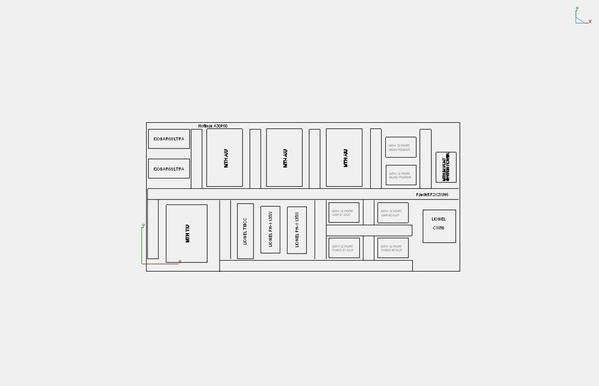Hello all, just starting to get back into scale railroading and I'm reading about different types of control systems. I'm reading about LTH, TMCC, DCC, DCS, legacy, etc and was looking for a pro/cons of each.
I'm starting with my Dad's lionel train from the 50's so I doubt there is any control other than traditional block control for that engine. The transformer I have is the dual Trainmaster 150W type VW.
I want to be able to run my dad's engine along with new engines that I buy in the future.
Is there one controller that "does it all" or are they all unique in their own way but able to mix engines with limited features?
Also, are any of the controllers able to also do HO (since I'd like to have a sub layout with my HO stuff from the 70's)?
Thanks,
B
Btw, if there is a post discussing this....please direct me to it...I did not see it.








